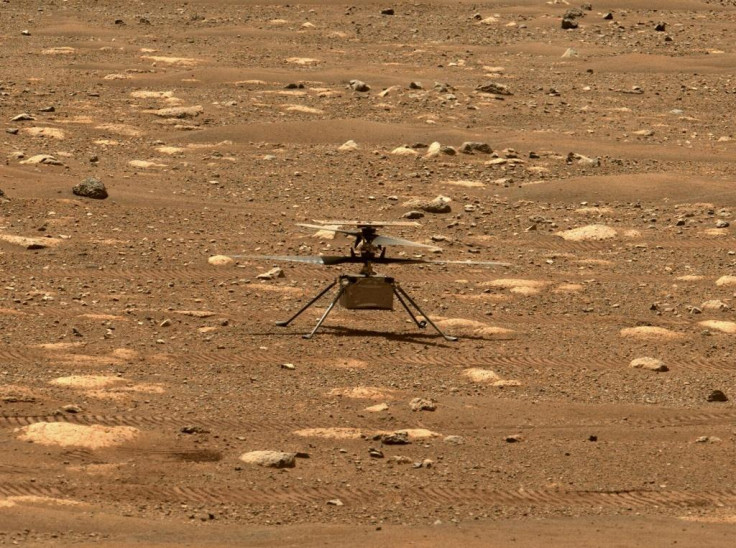NASA rovers may not be capable of finding signs of alien life on Mars: Study
Currently, NASA's Curiosity and Perseverance rovers are active on Mars, looking for signs of ancient microbial life on the Red Planet.

Space agencies such as the National Aeronautics and Space Administration (NASA) have been trying to find signs of life on the red planet and have sparked interest in a human mission to Mars.
NASA has been able to send five robotic vehicles, called rovers, to Mars. These rovers, named Sojourner, Spirit, Opportunity, Curiosity, and Perseverance, have carried out different missions for NASA at different times. These act as robot geologists while they are on the surface of the planet.
Currently, NASA's Curiosity and Perseverance rovers are active on Mars, looking for signs of ancient microbial life on the Red Planet. However, the latest study has suggested that even these advanced robots may find it difficult to carry out the task.
The study, which has been published in Nature Communications, has been conducted by a team of international scientists led by Armando Azua-Bustos of the Centre for Astrobiology in Spain.
The researchers involved in the study used instruments like those used on Curiosity, Perseverance, and the European Space Agency's proposed Rosalind Franklin ExoMars rover, according to a report in Scientific American.
The instruments looked for biosignatures, molecules that can be used as evidence to show past and present life. The experiment was conducted in the extremely arid Atacama Desert of the Andes due to its similarities to the Mars environment.
They found that the rover analogues were unable to detect any organics in the Red Stone rocks. However, some were able to find amino acids after treating the samples taken from the region with chemical agents. The study essentially claims that the instruments sent to Mars may not be sensitive enough to spot signs of life on the planet.
"If you were an alien coming to Earth and you happened to land in the Atacama Desert with instruments like the ones we have on Mars, you might say Earth is uninhabited," says Azua-Bustos. "If those instruments are not able to detect the things that we know are on this site, how are they going to see anything on Mars where we don't even know what we're going to find?"
The samples were taken from a dried-up river delta in the Atacama Desert. The region has a similar geology to the regions that are being studied on MARS by NASA rovers, and the findings have given scientists a lot to think about.
It claims that a single instrument will not be able to give a comprehensive picture of the biosignatures present on Mars and that a collection of analyses will be needed to make up for the limitations the rovers might have.
"Our analyses by testbed instruments that are on or will be sent to Mars unveil that although the mineralogy of Red Stone matches that detected by ground-based instruments on the red planet, similarly low levels of organics will be hard, if not impossible to detect in Martian rocks depending on the instrument and technique used," read the paper.
"We must be cautious about interpreting absence of strong evidence of life as evidence of its absence," wrote Carol Stoker at NASA Ames Research Center in California in a piece accompanying the study.
The Perseverance rover's main mission is to find signs of microbial life on a distant planet. It is also testing new technologies that could aid in future space exploration.
Although it resembles the Curiosity rover, the almost $3 billion Perseverance rover boasts a collection of upgrades over its predecessor. Several NASA rovers have been exploring Mars' harsh territories for signs of life or evidence of water.
Previous studies have revealed that Mars was once a "warm" planet with water on its surface, which may have favoured life. Things changed around 3.5 billion years ago, leaving it with a thin atmosphere that made the water evaporate.
© Copyright IBTimes 2025. All rights reserved.






















